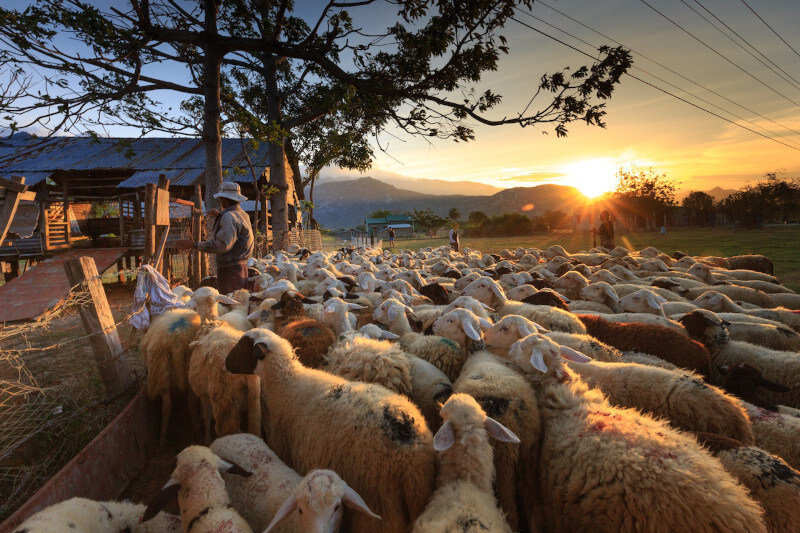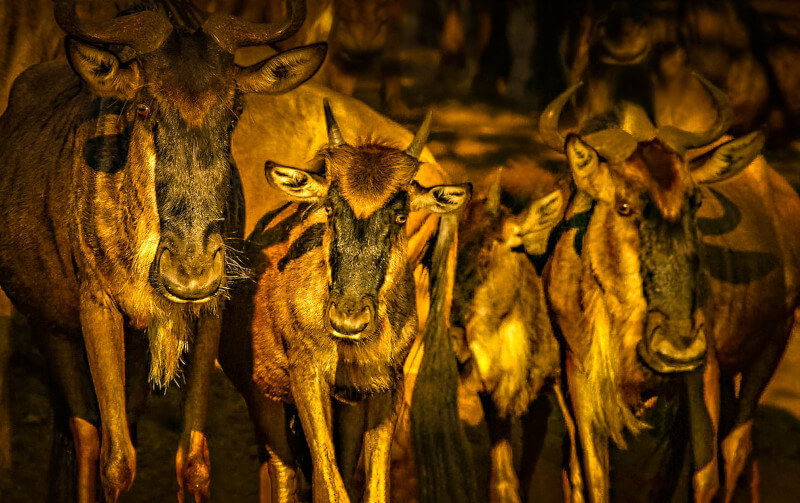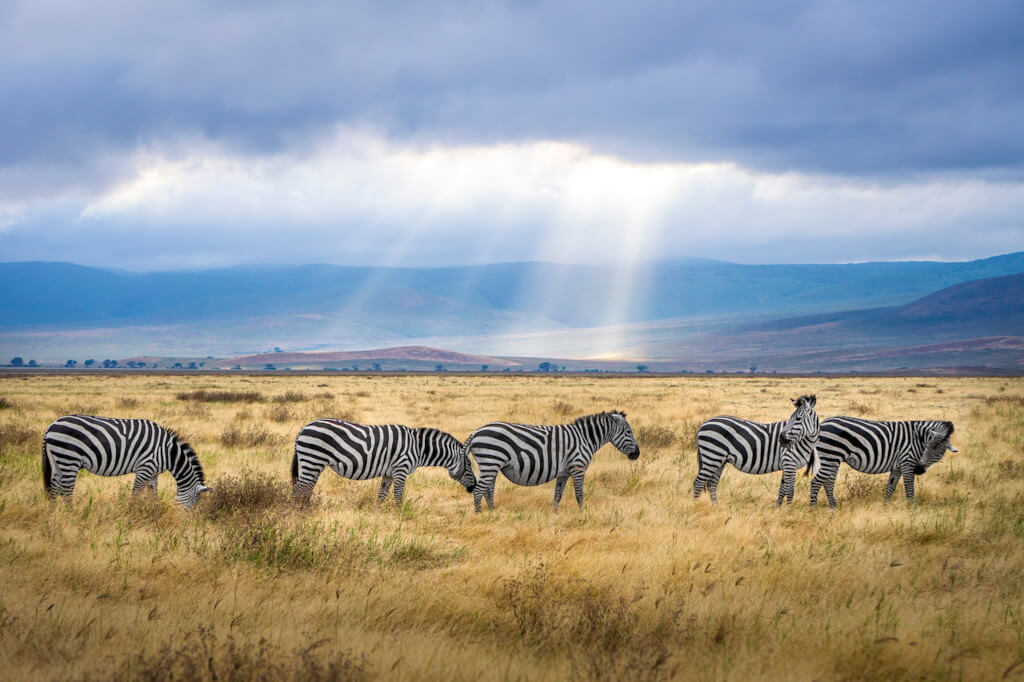Researchers have issued a warning that certain wild species, including lions, rhinos, and cheetahs, may be at risk of irrecoverable “genetic contamination” as a result of reproduction experimentations.
South African game farmers are increasingly breeding novel prize animals, including freakishly colored variants namely the black impala, golden wildebeest, or pure-white springboks. This trend is expected to continue in the foreseeable future. Some hunters are willing to pay higher prices for the opportunity to bring home an unusual trophy; however, the government of South Africa is being criticized for allowing further genotype exploitation, which some researchers believe could have a negative impact on the wildlife of the African continent.

A team of 10 senior wildlife researchers and academics have criticized the government for discreetly modifying the country’s Animal Improvement Act last year in order to permit the domestication and “genetic transformation” of at least 24 indigenous wildlife species. These species include endangered or rare animals such as rhinos, cheetahs, lions, buffalo, and many antelope species. Their criticism was published in the most recent edition of the South African Journal of Science.
The scientists sound a note of caution, stating that “A logical consequence of these regulations is that we will have two variables of each species: one untamed and one domesticated. It will be nearly impossible to stop or turn back the effects of a new genetic contamination threat posed by domesticated variants of South Africa’s indigenous wildlife.
Professor Michael Somers, the study’s main author and a lead scientist at the Mammal Research Institute at the University of Pretoria, believes that the highly contested law amendment should be rescinded. This reform groups together endangered and rare species such as rhinos with rabbits and domesticated dog breeds.
According to Somers and his coworkers, the act typically allows for the breeding of domesticated species as well as their “genetic improvement” in order to obtain “superior domesticated animals with improved productivity and performance.”
According to the researchers, these animals “may also be utilized for gene engineering, embryo harvesting, in-vitro fertilization, and embryo transfer.”
They claim that the law will not strengthen the genetic makeup of the wildlife species that are impacted, instead, it will present dangers to the environment and the economy because it will be costly and challenging to keep a clear separation between domesticated and wild species. According to Somers and his coworkers, the government hasn’t consulted researchers, government biodiversity agencies, or the public at large regarding the contentious action.
The environmental agency of the government released a statement last year in response to speculation that the legal amendment would remove the listed species from the purview of conservation legislation. The statement emphasized that game breeders would still be required to adhere to the National Environmental Management Biodiversity legislation concerning critically endangered or protected species.
Somers and his co-authors are still worried because they say that in the region of KwaZulu-Natal, where there is a full collaboration between game breeders and the regional conservation organization, the officials still had trouble keeping track of what occurs on game farms and implementing legislation. This is despite the fact that game breeders and the provincial conservation organization work together closely.
The “golden wildebeest” is a unique species that was created through the ranching and specialized breeding of the prevalent or blue wildebeest, also known as Connochaetes taurinus. These are much darker creatures whose coats are generally a deep slate or bluish-grey color. Concerns about the irrevocable genetic contamination of the original wild species have been raised among scientists in South Africa as a result of recent actions that have been taken to allow for more focused gene engineering of many species of wildlife.

They added that the genetic repercussions of strenuous or semi-intensive wildlife breeding were “negative and substantial.” “This new legislation will add to this obstacle, and will presumably be less governed in some other provinces,” they said.
This biological process has been taken over by humans, who are responsible for intensive breeding through the artificial (non-random) selection of individuals for commercially valuable traits (for example, horn size and shape, and coat color). This kind of artificial selection carried out by humans is even more effective than natural processes in terms of bringing about distinct phenotypes in a very short amount of time.”
Michael Bruford, who is a co-chair of the Conservation Genetics Specialist Group of the IUCN Species Survival Commission and a lecturer of biodiversity at the University of Cardiff, stated his support for the issues that were raised. According to what he had to say, “the 2020 objectives of the Convention on Biological Diversity specifically indicate that signatory countries should minimize genetic erosion (loss of biological variation) in domestic, socio-economically and culturally valuable species.”
“However you view these species, and there is no reasonable way to classify them as domestic animals, South Africa’s proposed solution will very probably result in genetic erosion, which is in violation of the CBD target,” he added. “Nevertheless if you consider these species, there is no reasonable way to classify them as domestic animals.” “This proposition also comes at a time when environmental damage is occurring at an alarmingly rapid rate when we must focus on increasing the perseverance of our species by ensuring that they maintain as much biological variation as is humanly possible.”

